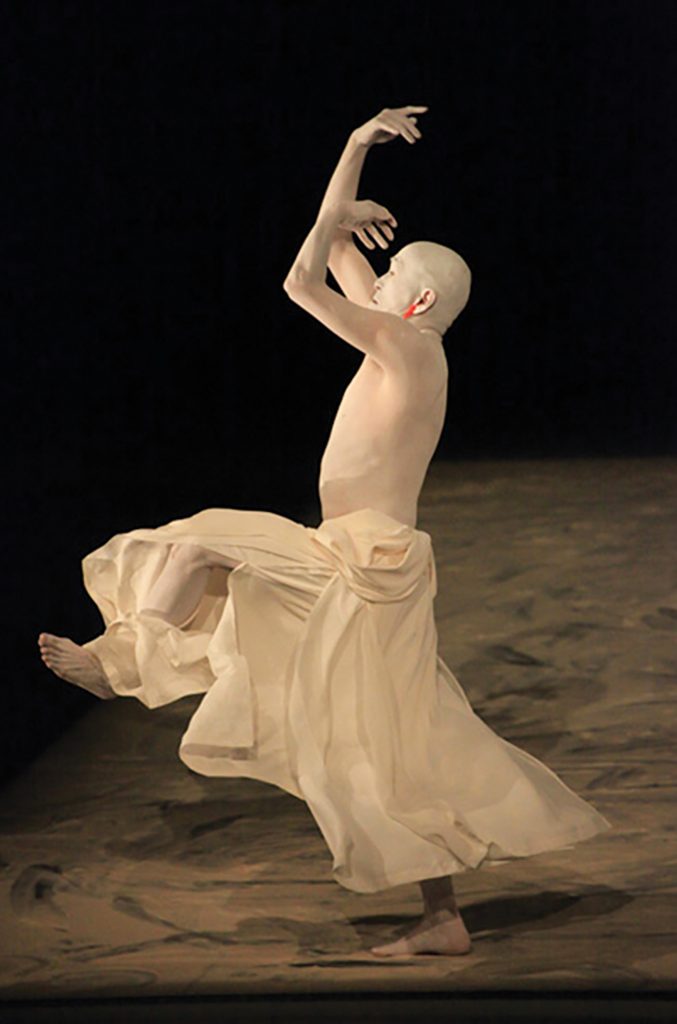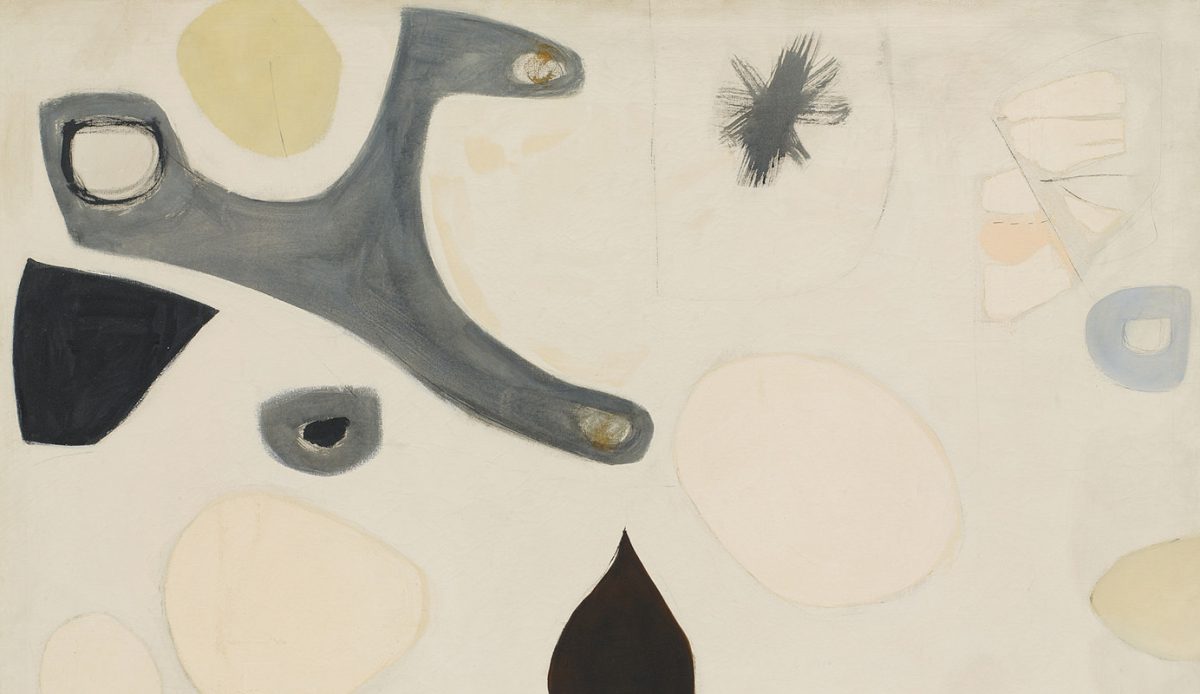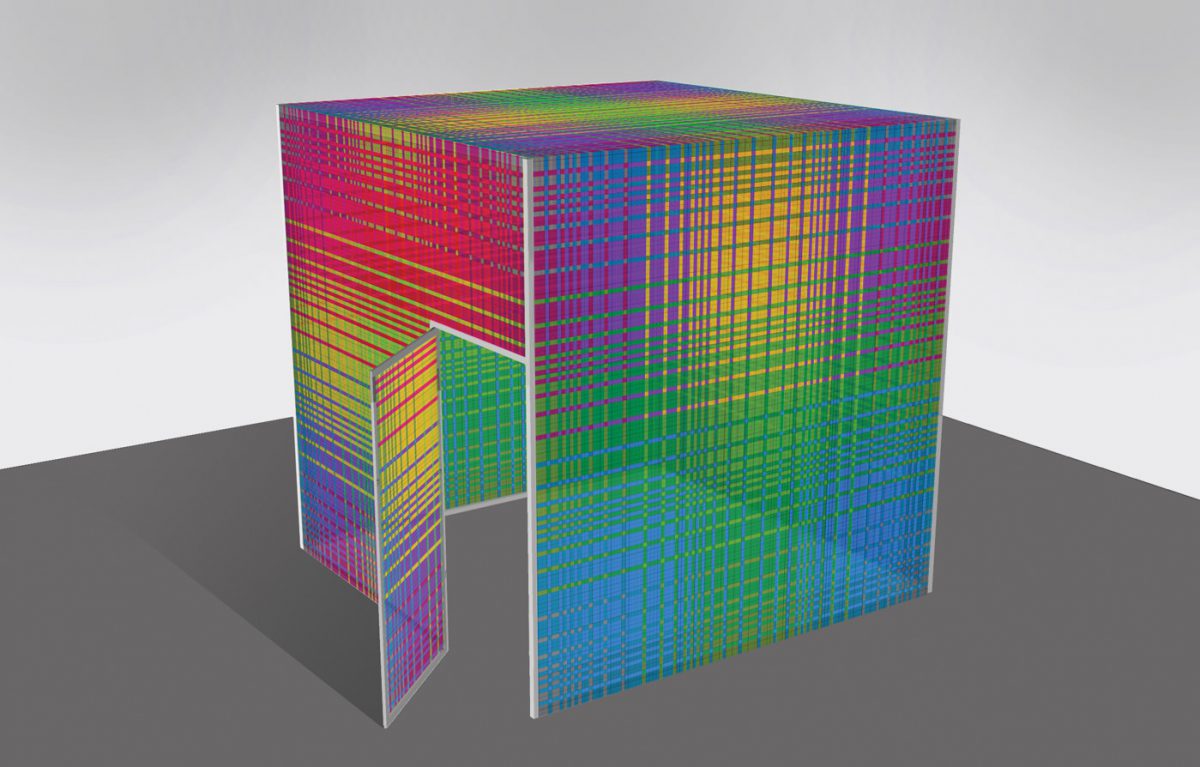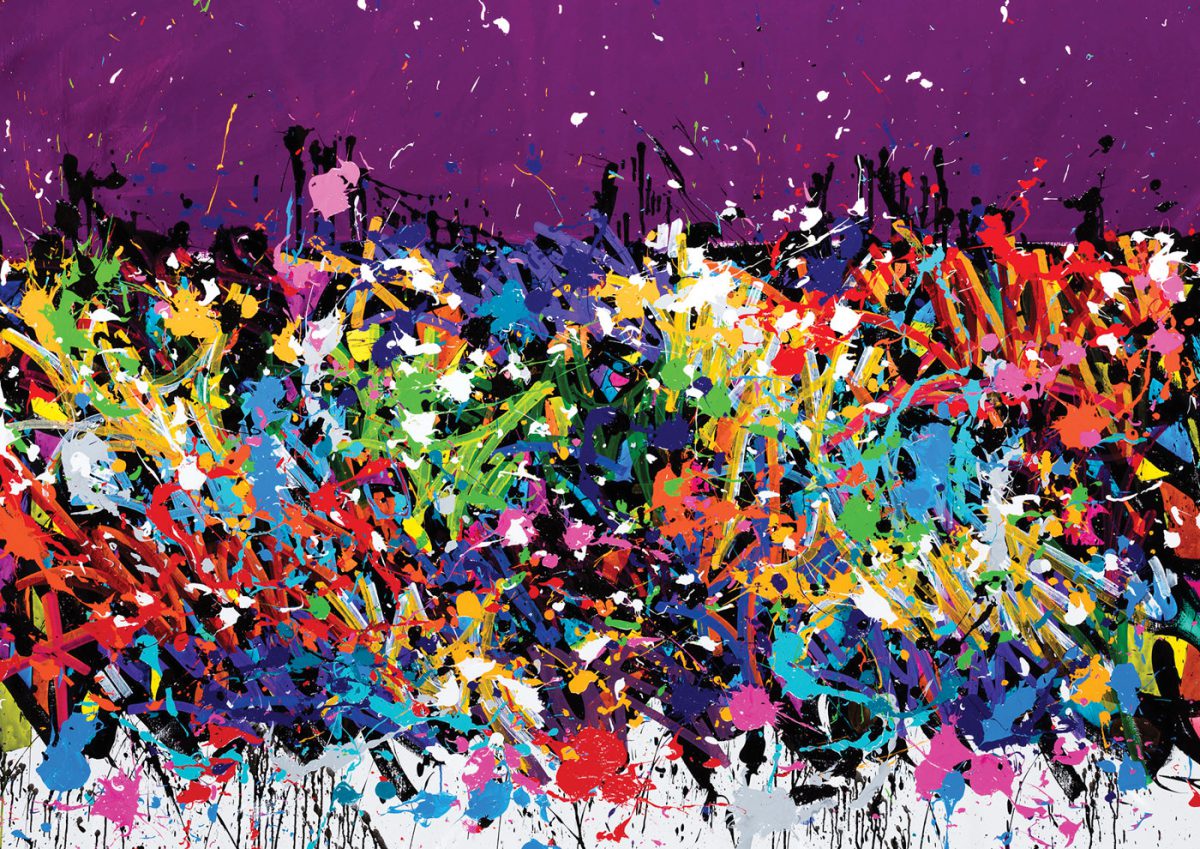Center for the Art of Performance at UCLA
(October 16-17, 2015)
Nothing could be more opposite than Umusuna—Memories Before History, the latest work by the acclaimed Japanese Butoh company Sankai Juku, founded by Ushio Amagatsu in 1975. This is a cosmic work of visual theater that encompasses the primal reality of humanity suffering in its quest to overcome the ravages of nature and history and striving towards transcendence, The images are both visceral and poetic, an eternal generational cycle of birth, life, and rebirth. The vehicle is the human body and spirit.
Butoh was born from the ashes of Hiroshima. Umusuna, which translates as place of one’s birth, is performed by eight bald male dancers in androgynous costumes, their bodies dusted in white talc. The staging is starkly elegant and the dancers are transformed from one state to the next in changing washes of color. Time is measured by the continuous flow of a stream of sand falling like a column of rain and by two large scales suspended in the air moving up or down, from balance to imbalance, from one scene to the next. Set in evolutionary time across eons and simultaneously within range of our memories spanning the recent past, the scales remind us that justice is relative and struggle is universal, as much an inner state of nature as an outer one.
Umusuna opens with sixty-six year old Amagatsu, wearing only a long skirt, moving with incremental slowness towards us, as if pushing his way into space. One feels the enormity of the effort. Another section lit in red evokes the horror of Hiroshima as well as volcanic fire. The dancers writhe, arms bent as if to block, hands claw-like, mouths open in a silent scream. The sound is relentless, thunderous rumbles and pounding metallic percussion. Tightly curled bodies unfold and awaken, arms push and pull through air, testing the space. The sands of time flow through their hands, to the sound of wind. In green light they emerge in white dresses, to tend the earth as bells ring. The gestures are minute and tightly controlled, yet charged with intense, deeply expressive energy. Stillness has weight and substance. At the end, seven Buddha-like figures appear bathed in white light, eternal ghosts transcending into emptiness, reaching for enlightenment.
In Umusuna, the audience has been drawn into the performers’ space/time experience in a way that can only happen in live theater. The emotional power of the performance moves us into a meditative awareness of the beauty and anguish, fragility and strength, of the human condition, leaving behind an imprint on body and soul that stays with us long afterwards.










